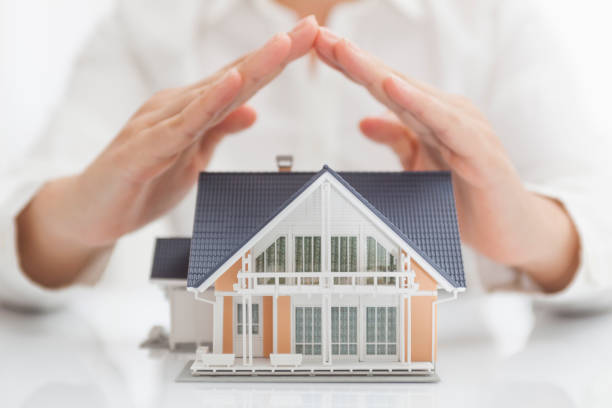
Everything You Need To Know About Home Insurance [Infographic]
January 6, 2023
How to Create a Home Inventory (And Why You Need One!)
March 5, 2023It’s no secret that our homes are important to us. They provide us shelter, keep us warm or cool, and protect us from storms and other intense weather conditions.
But even more important than that are our roofs. They are our first line of defense when it comes to those weather hazards, after all!
Because they’re such an important part of your home, they can be expensive to repair or replace. Taking that into consideration, a roof is an extremely critical piece of the puzzle when talking to insurance agencies and determining your insurance rate. But what about your roof comes into play?
Age
While there are several factors that determine your homeowner’s insurance rate, one of the most important factors is the age of your roof.
As time goes on, residential roofs see a lot of wear and tear for a number of reasons—the weather, animals, falling objects, etc. If this continues to happen over the years, it can seriously damage your roof, and as we all know, replacing or repairing your roof can be a bit pricey. This is why older roofs are even more expensive to replace and insure than newer ones.
The newer a roof is, the lower the insurance rate. As your roof ages over time, your insurance premium is likely to increase each year as it is at a higher risk for damage as its lifespan continues. Depending on the age of the roof, some insurance agencies might refuse to renew or even cancel your policy until it is replaced.
Depending on the type of material used, a roof might last you between 20-100 years. However, there are a few different factors that affect how long the roof may last.
Condition
Is the roof well-maintained? Are there visible signs of wear and tear? Is it in overall good condition? These are the type of questions insurance companies will investigate when determining your insurance rate.
If the roof does not seem to be in good condition, its overall performance and safety might come into question, most likely leading to a higher rate.
Shape
What does the overall shape and slope of the roof look like? A roof’s shape impacts drainage and how much wind speed it can withstand before serious damage occurs.
Pro tip: insurance companies mostly prefer a hip roof, where all four sides slope downward. However, a gable roof, where only two sides slope downward, is still a good option to ensure protection for you and your family.
In Florida, flat roofs are rare because the shape does not allow rain to easily run off as much as other roof shapes. This makes them harder to insure.
Location
Do you live in a high-risk area? Is the area susceptible to harsh weather conditions? Insurance rates can change based on where you live. If you often experience extreme weather conditions, your insurance premium is most likely higher than someone living in a less weather-prone area.
Depending on which state you live in, most insurance companies have strict regulations regarding certain weather conditions and will have you add additional coverage regarding hail, tornadoes, floods, hurricanes, and so on. That way, if disaster strikes, roof replacement costs are already covered.
With all the different things to consider, we understand that insurance can be confusing. That said, there’s no need to research “independent insurance agencies near me.” Gambale Insurance Group is here for you to make claim filing easy!
As one of the fastest-growing insurance agencies around Stuart, FL, we tailor the policy and company to help meet your home insurance needs. Contact us today to get started!

